Bringing a project’s vision to life can be one of the most exciting, yet difficult, parts of property development – that’s why new technology and innovative processes are working to minimise common problems faced when creating 3D renders.
The lack of flexibility and rigidity in traditional render workflows can often cause issues for both clients and 3d studios.
Massive gaps between stages of progress can frustrate clients, going from “white card” to first draft with minimal input.
Clients are under a lot of pressure to make major decisions early on, despite the fact they “don’t have the full picture”.
Changes that come later in the process are expensive for both the client and studio, and often cause major delays.
All are common problems that 3D studios across Australia & the world have had to deal with. But, the truth is these problems (much like the 7 most common mistakes in 3D Renders) are no-one’s fault – it all stems from a strict render process and workflow, which until now has been required to effectively execute a 3D project.
Luckily, that’s where new technology comes in. With improved technology, studios can look to be more flexible and collaborative in their process, and we’re beginning to see tasks that used to take hours now only taking 10-15 minutes – allowing the client to be more involved in the entire process.
The most helpful technologies we’re seeing break into the process are live and interactive rendering, higher quality 3D assets & software companies focusing on "real-world" recreations.
Interactive & Live Rendering
The traditional 3D rendering workflow lacks functionality, and can often leave clients frustrated at the massive gaps between stages of progress. This is nearly completely eliminated with the use of interactive and live rendering processes.
Using interactive and live rendering technologies means that clients can now make decisions in real time, with all of the right information, and in complete collaboration with their rendering studio.
Clients can see changes as they happen, and watch as the project progresses through the design stages.
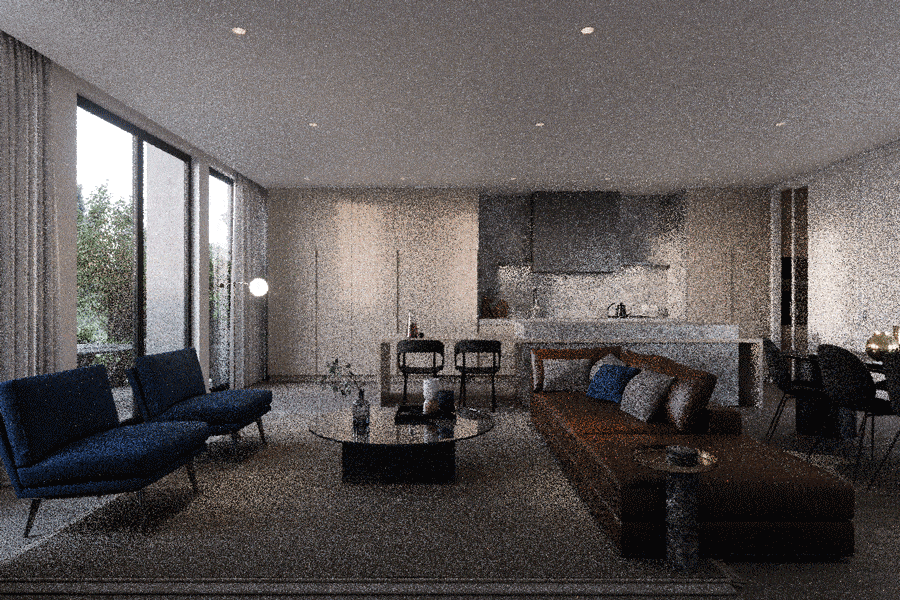
This is a game changing technology for the industry, but it also gives clients a first-hand look into the exact 3D rendering process that studios use. It’s crucial to remember, though, that each studio will have their own unique processes, and you have to understand (and respect) this when working with their team.
At Blank Canvas, we are testing with our clients the best ways to use the interactive and live rendering process – and we ensure that you understand what you can expect at each stage. This simplifies the entire process, and ensures everyone involved is on the same page. Please note, there are still items to be worked out for it to be fully effective.
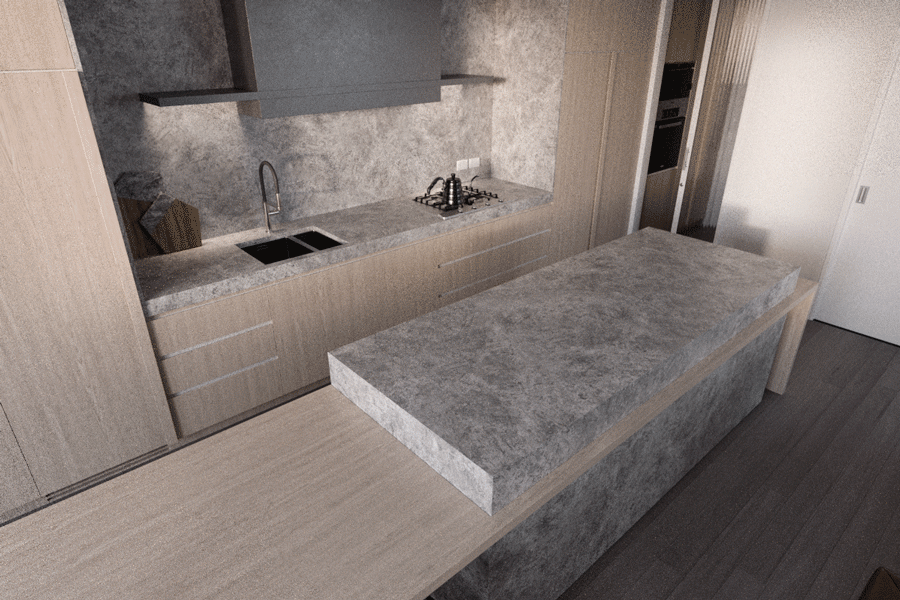
Remember: these interactive technologies allow you to provide feedback at any stage, but the best results stem from the most helpful feedback. Here are some tips to keep in mind when you’re giving feedback on interactive 3D renders.
Advancements in the assets available to renderers are also helping drive improved production processes. Powerful computers with the ability to handle more "information" means we can do more in full 3D and save time spent in "post-production". For example, we can use much more vegetation in full 3D, whereas previously it had to be applied in "post-production" using photoshop techniques.
There is also the human element. People are typically a key component of a lot of rendering, but 3D humans have never looked good… until now. While there is still room for improvement, the quality of 3D people used in renders has come a long way and this once again means a lot less time in "post-production" trying to perfect the image.
Human Alloy are offering super high quality 3D people.
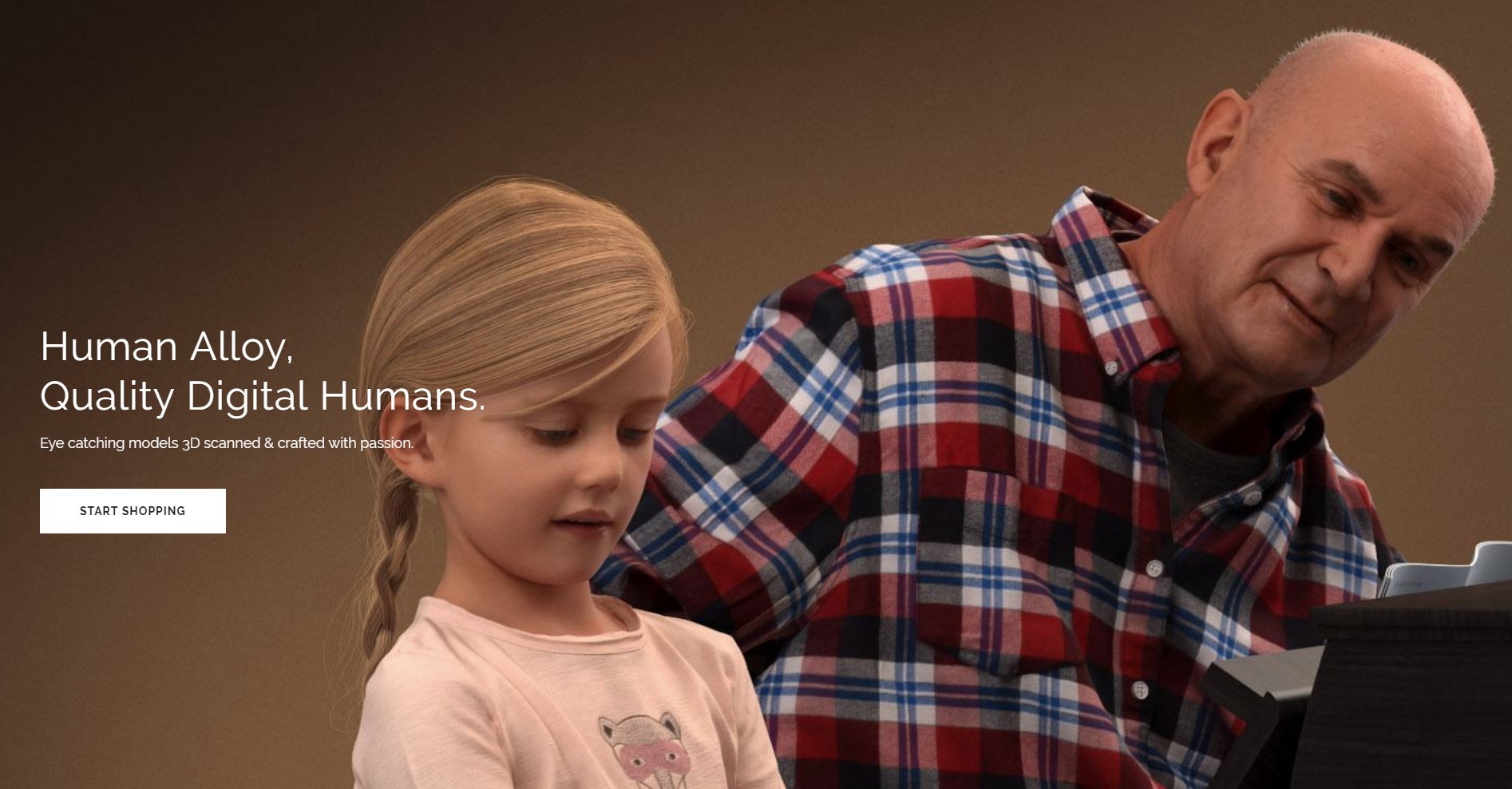
The key here is that these days we can do more in 3D, combined with live and interactive rendering, we can enable clients to make better decisions.
A lot of software companies are focusing more on ensuring their software helps mirror and simulate the real-world. This means we can recreate materials like concrete, plaster and glass with much less effort and yet, get more photo-realistic results.
With the ability to recreate materials more effectively, designers and architects can provide clear direction on materials from the start and eliminate any "misunderstandings" – allowing the render company to focus on what their really engaged for, story and high quality imagery.
We’re even starting to see some companies investing in scanning real world materials straight into software. While this process is still difficult and expensive, it will start to come down. Blank Canvas director, Justin Bourn, believes that one day we will scan materials straight into our software with something like a smartphone.
These advancements are going to allow studios to be even more collaborate and focus on marketing strategy and other purposes, rather than "building" the development.
Quixel Megascans are scanning real-world objects and materials for uses in CGI.
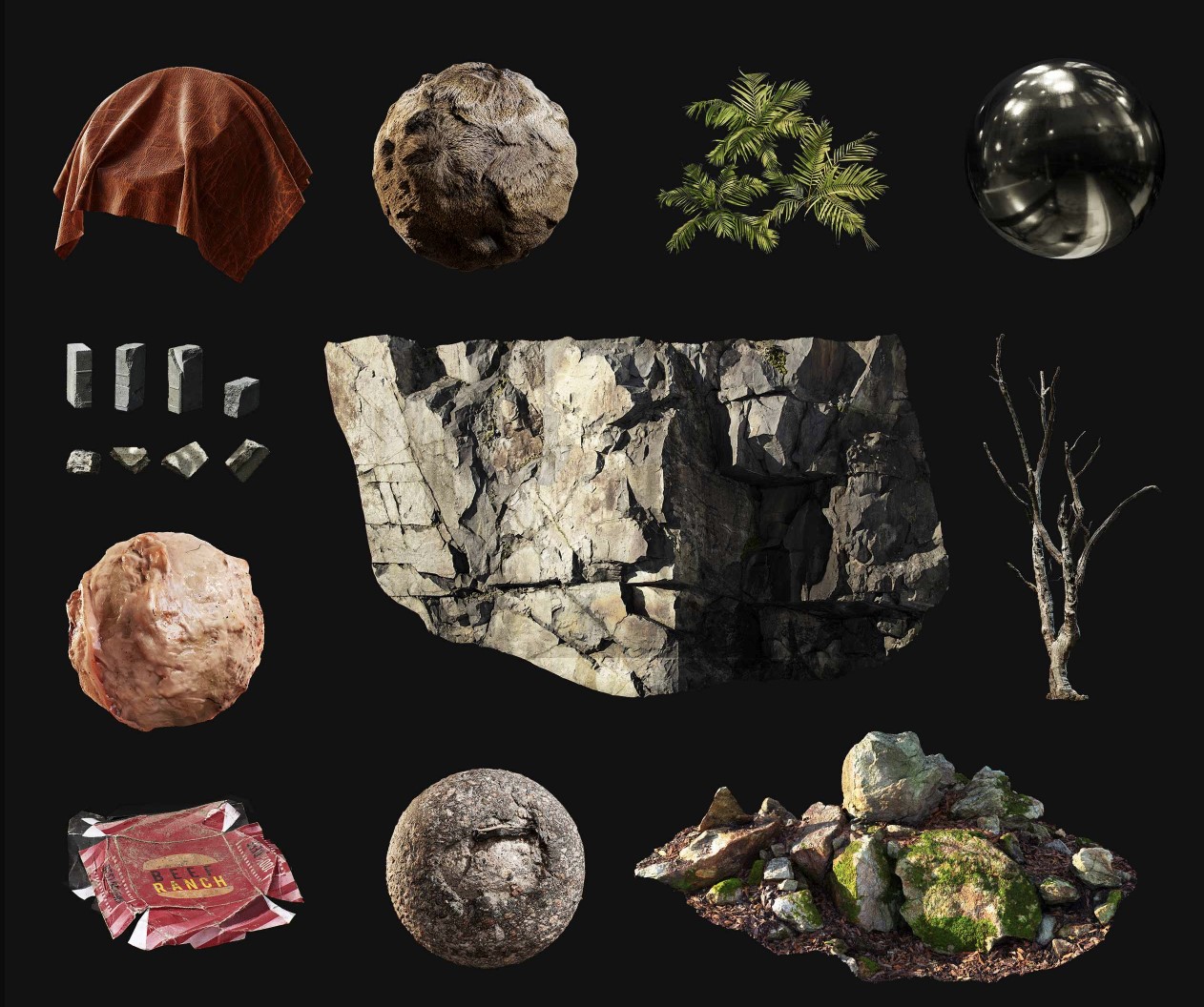
These technologies are helping close the gap between initial client requests, and the final stages when the rendering is complete. This allows for a much more flexible process that ensures collaboration between the entire project team, for the duration of the project.
Studios can now develop visuals with more opportunities for feedback and changes. There is now a huge reduction in the need for costly revisions and arduous waiting times, since the entire process becomes more fluid and interactive.
These technological advancements also mean that studios can provide you with more high quality content to fit your specific content marketing strategy. These new interactive processes allow us to work with you to create content that appeals directly to your target market.
There’s no doubt that we’re in a content hungry market, with brands now required to fill blogs, email newsletters and social media channels with fresh and engaging content in order to run a successful digital marketing strategy.
But, these new technologies allow us to tackle these new challenges and create enough content for even the most complex content marketing strategy – without the additional cost.
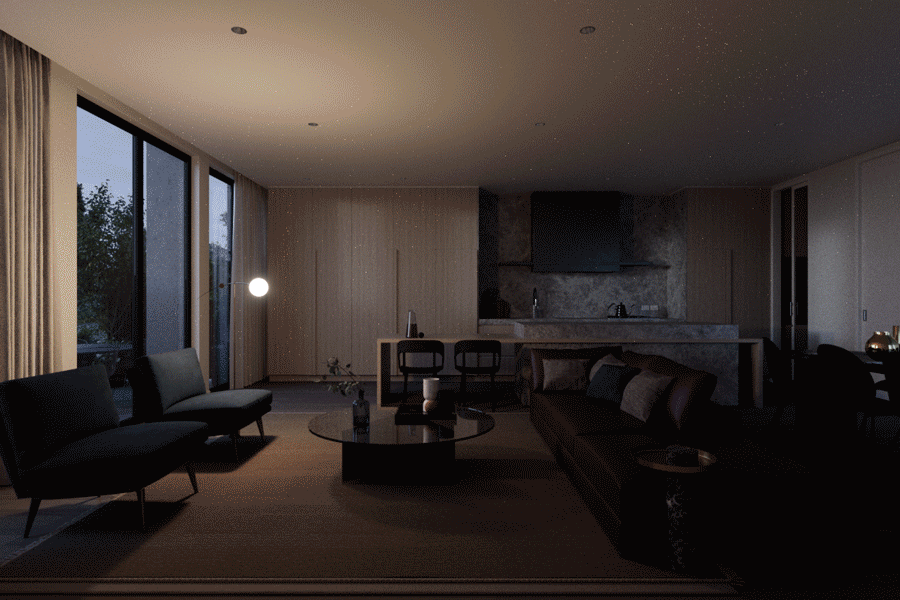
A recent survey Blank Canvas conducted, found that 80 per cent of property developers and architects are now using Instagram as one of their main marketing channels, and they believe it is having the highest impact on their bottom line. That’s why this new technology is so crucial in the rendering process: it allows us to provide high-quality and effective visual content for channels like Instagram – quickly and efficiently.
It’s clear to see that the traditional render process lacks flexibility and can cause costly revisions and frustrating delays for the client – but with the rise of new technology and emerging workflows, we can eliminate these problems, and make the entire process more collaborative and hands-on.
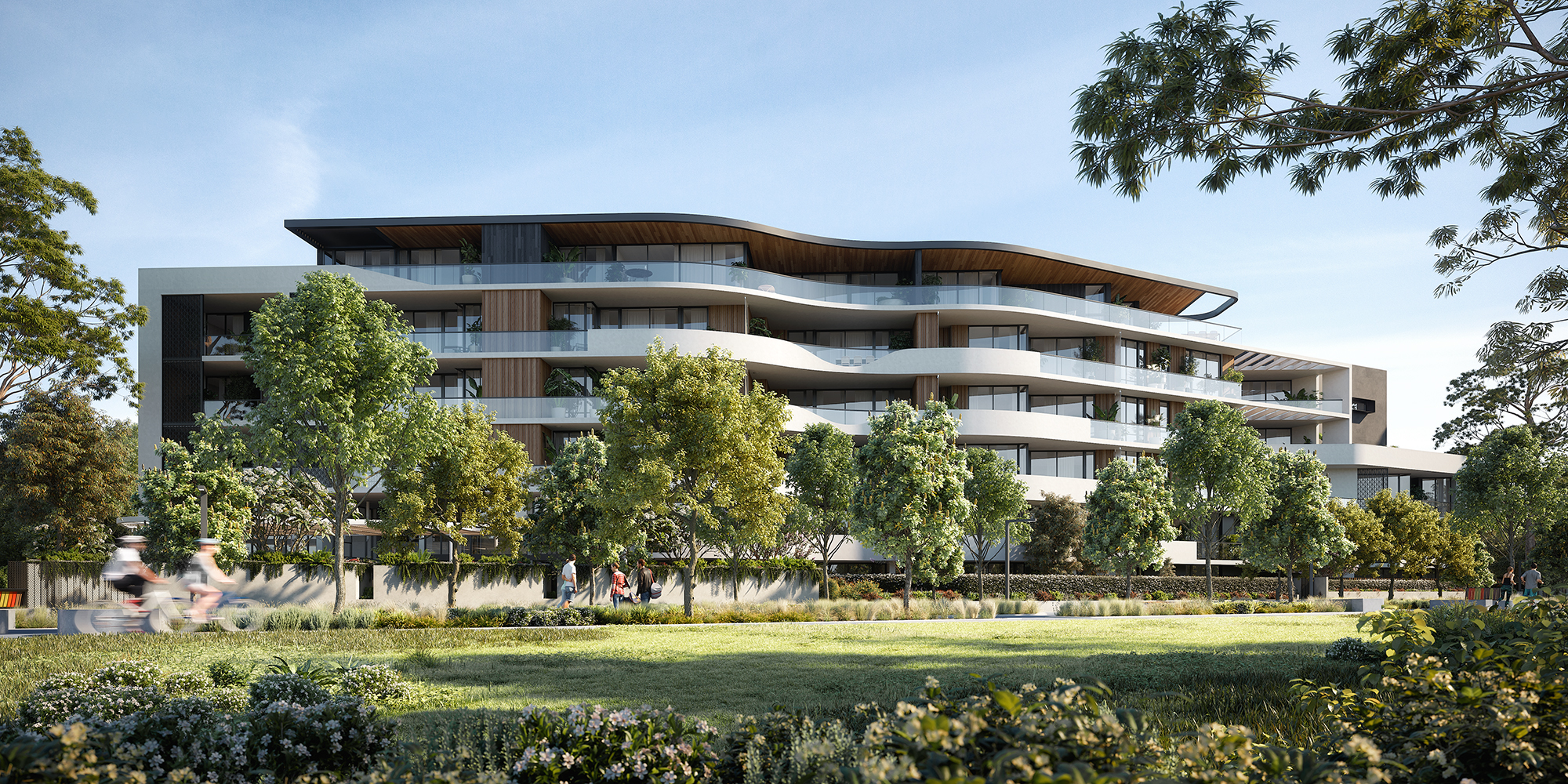
To find out more about how Blank Canvas takes advantage of these technologies in our 3D rendering process, get in touch.
The Urban Developer is proud to partner with Blank Canvas to deliver this article to you. In doing so, we can continue to publish our free daily news, information, insights and opinion to you, our valued readers.